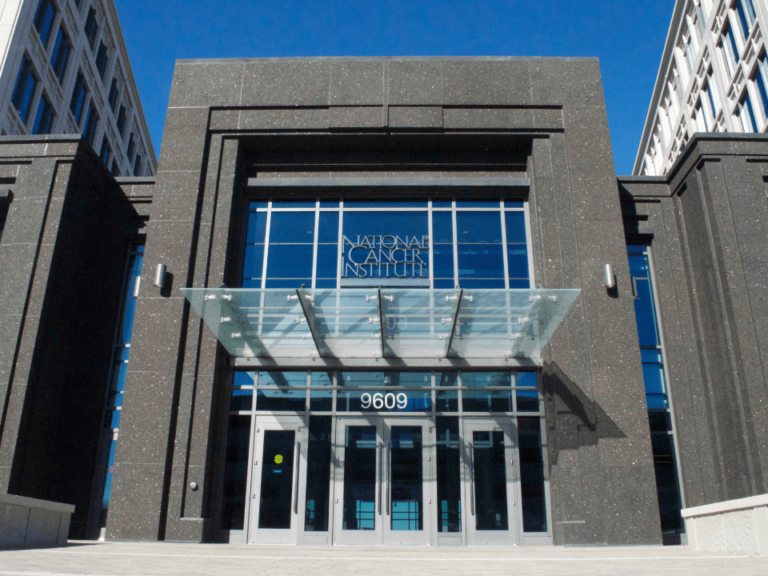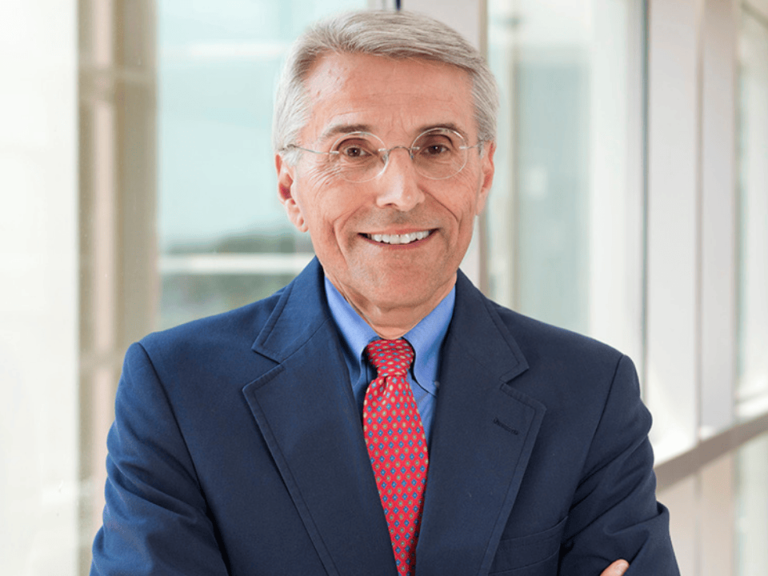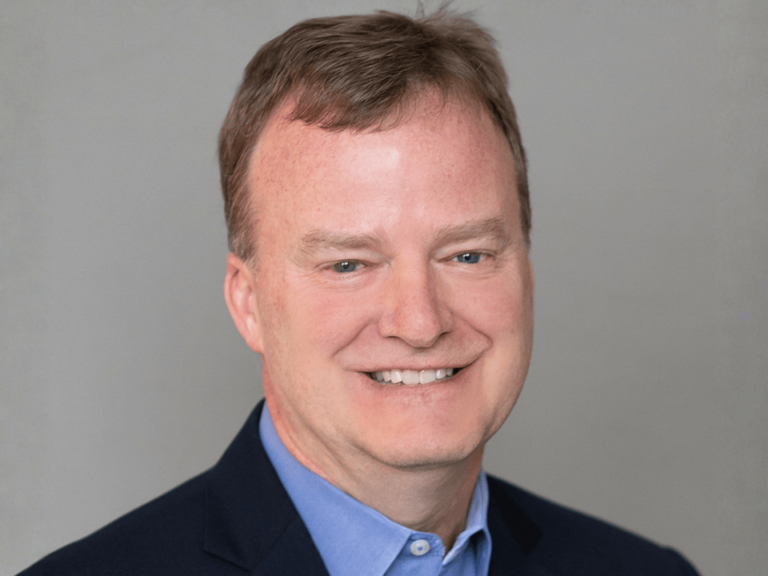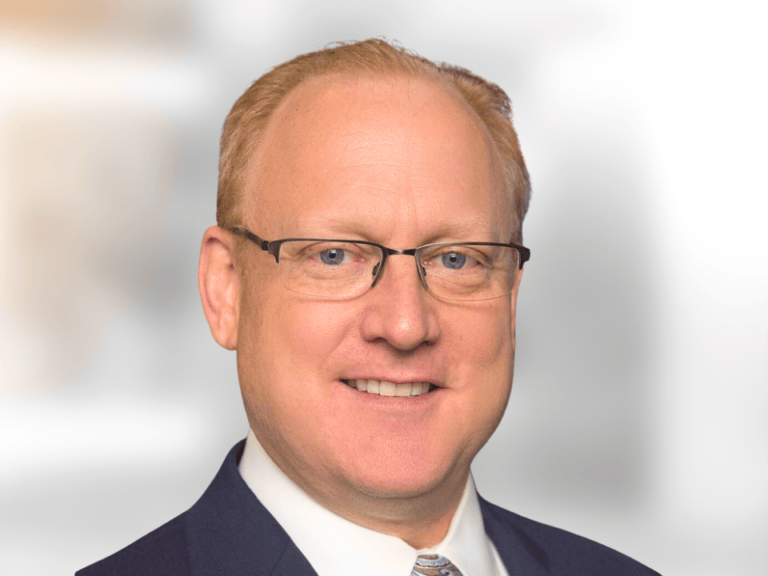

The University of Maryland Marlene and Stewart Greenebaum Cancer Center has earned the designation as an NCI-designated Comprehensive Cancer Center.
The center announced the NCI designation May 31.
On Aug. 1, when the designation goes in effect, Maryland will become one of the 46 Comprehensive Cancer Centers in the U.S.
The Maryland center was granted NCI-designated Cancer Center status in 2008 and last fall it applied for the Comprehensive designation. The center was rated “outstanding” during a site visit in February.
On the day the comprehensive designation was announced, Kevin Cullen, the Marlene and Stewart Greenebaum Distinguished Professor of Oncology at the University of Maryland School of Medicine and the cancer center’s director, spoke with Paul Goldberg, editor and publisher of The Cancer Letter.
Paul Goldberg: Congratulations, first of all. It’s been a long road. How long did it take altogether?
Kevin Cullen: The Greenebaum Cancer Center got a P20 and applied for NCI designation in 2002 and didn’t get it. I was recruited in 2004, we took a step back and decided we would take a little while to build, so we put the application for designation at the end of 2007 and got the designation in 2008 as a clinical cancer center.
We had one competitive renewal in 2010. The initial grants, as you know, are only for three years. And then this application we submitted in September, and had our site visit in February, and we were very pleased to have gotten an “outstanding,” and have gotten a unanimous recommendation from the site visit committee to move to comprehensive status.
PG: Fantastic. What was the investment, overall, to build up for this?
KC: In excess of $100 million over the last ten years, most of that coming from the state of Maryland, through the Cigarette Restitution Fund Program. It’s been a very sizeable investment on the part of the state of Maryland, with a significant investment from the hospital system, University of Maryland Medical System, and the School of Medicine.
The biggest piece was the investment through the Cigarette Restitution Fund, and we are very gratified that Maryland was one of the few states that took that tobacco settlement and applied it to public health and cancer research
We were very lucky that the governor of the state, Larry Hogan, who is a cancer survivor who was treated here in the past year, came and spoke at the site visit, and spoke very passionately about his own experience and his commitment to cancer research and his desire to continue to see the center be successful.
I think that was a very powerful message for the site visit team.
PG: That sounds like something that doesn’t usually happen—the governor of the state showing up toa site visit…
KC: I think you’re right. I think it’s very unusual, and especially the completely unexpected circumstance that he was diagnosed with cancer less than a year ago and treated here successfully, thank goodness.
PG: Fantastic. So he just showed up? Did you ask him to?
KC: We invited him. But he was happy to accept. You’re allowed to have two speakers at the site visit who speak to institutional support. And he spoke, and then the president of the university spoke.
PG: What’s the payoff from having comprehensive designation in this case?
KC: The very significant payoff is the prestige that’s associated with it. It places us in the top tier of cancer centers in the country and we’ve gotten there in a relatively short time, just having been a center for eight years. And the fact that we got a rating of “outstanding” puts us up with centers that are much bigger and much older than we are, and we’re very pleased about that.
As you know, I’ve been involved in, and you’ve followed carefully, the discussion that’s gone on since we were renewed five years, ago about the funding formula for NCI Cancer centers. In the past year, [acting NCI Director] Doug Lowy has, with Henry Ciolino [acting director, NCI Office of Cancer Centers] decided that—as the first attempt to address the issues that the NCAB working group or the cancer centers working group presented to the NCAB—they would raise the base funding for comprehensive centers to $1.5 million.
In the immediate, it means that we’ll receive and extra half-a-million dollars a year in funding, which is certainly welcome.
PG: But do you think the problem is solved? You’ve focused everyone’s attention on it (The Cancer Letter, Dec. 11, 2015).
KC: I think it’s certainly better, and I appreciate very much the efforts that Doug Lowy has made, and the rest of the team to try and address this, but the working group recommended a more significant shift of the funding formula that took into account the priority score and the size of the center, not just the type of center.
Until those other pieces are done, there are still going to be significant inequities in the funding for the centers as a whole, but I think the changes they’ve made this year is an important first step in rectifying that.
PG: Well, I’m just sort of looking at the numbers. If you were to think of it as a business, which nobody, of course, does, iIt’s a $100 million investment, and you’re getting a half a million more or even $1.5 million depending, regardless of how you’re looking at it, as return on investment.
KC: No, I think you’re right. That’s not how people look at it, nor should they. I don’t think we’ll ever get back to the days in the 70s and early 80s, shortly after the National Cancer Act, when there were just a few centers, and the CCSG funding permitted people to build a center from scratch. That was sort of the original intent when the centers program started 40 or more years ago.
But really, now the funding doesn’t provide the capital to build a center or even dramatically expand it. It provides the capital to support the infrastructure of the center in a significant way. And even for a center like ours, $1.5 million a year supports a significant amount of infrastructure and frees up state capital to do recruitment and build laboratories, etc.
PG: It still makes sense to build one? I would think, because there’s so many more being put together. There are more in the wings.
KC: It’s been a very successful model, but certainly our experience tells me and I think tells everyone that it’s very expensive to build a new center.
It requires a lot of investment. Now, that investment pays off in other ways. There are new treatments that we’ve developed here that have been approved by the FDA and are in the process of being evaluated in clinical trials. It takes that kind of investment to develop novel therapies and novel insights, so they’re going to improve the cancer landscape in the future.
But certainly I don’t think anyone goes about this with the intent that they’re going to recoup that investment with the funds from the core grant.
PG: Right. What about the fundraising? Locally, would that be more helpful to you?
KC: Absolutely, there’s an enormous halo effect. We’re fortunate to have a strong philanthropic community in our area and this is the impetus for us to launch a major building campaign, which is in the final planning phases right now, and we hope to build a new cancer tower on the campus in the next couple of years. A significant amount of that will be funded through philanthropy.
PG: This area is rich in comprehensive cancer centers, and by this area I mean Washington and Baltimore. How is the University of Maryland different?
KC: If you read the review, we were praised for really focusing on the needs of our community. As you know, we are an urban medical center, we serve a fairly large underrepresented minority population; a little over a third of our patients are African American. Many of them are from a less advantaged urban environment.
A lot of our programs are focused on the needs of those people in our catchment area. They range from educational programs that are geared towards middle school students that are funded by the NCI. We have a wonderful program that is the first of its kind in the country, called the Cure Scholars program, where volunteers from the medical school and from the cancer center meet three times a week with middle school kids from west Baltimore to tutor them in math and science.
We have a lot of research in health disparities, on the needs of our community both in terms of improving cancer screening, cancer risk reduction, so we’ve built a lot in the cancer center that’s geared towards the underrepresented minority population in our community.
Not all centers do that very well, not all centers are successful in involving underrepresented minority patients in clinical trials, which is really essential. We’ve been very fortunate to be able to do that well. A very high proportion of the patients in our clinical trials are underrepresented minorities. It almost exactly matches the proportion of patients in the population.
I think the focus on the needs of our community differentiates us from other comprehensive cancer centers in the mid-Atlantic region, and that was certainly a part of the review, and a part of the recommendation for comprehensiveness.
PG: Is there anything we’ve missed? Anything you’d want to add?
KC: I’m very pleased and very proud. What’s remarkable to me is how far we have come in a relatively short period of time. I think for a center that’s still less than ten years old as an NCI center we’ve come a long way and I’m very proud of the team and appreciative of all their hard work.
Katie McKinney contributed to this story.










